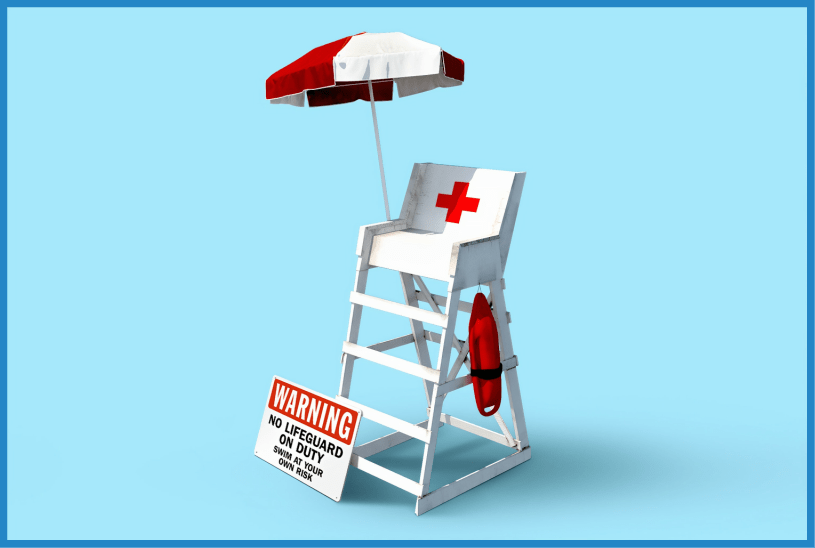
5 Things To Do When Moving To New Premises
products. At that point, you’ll need to move to larger premises elsewhere, especially if you’re unable to extend your existing location.
You’re likely reading this article because you’re planning to move premises soon and the topic has piqued your interest. There are certain steps and actions you must carry out before you move your business to a new physical location.
Doing so will ensure that you have a smooth transition to your new premises, and that issues won’t arise at a later date because of something you may or may not have done. With that in mind, take a look at these five things to do when moving to new premises:
1. Get the locks changed
The number one thing you must do when you move to new premises is have the locks changed by a locksmith. Why must you do that? The simple answer is you have no idea if the previous occupants have got spare keys to your premises.
Getting new locks prior to moving to a new location guarantees that you’re the only person (or business) with access to the premises.
2. Conduct a risk assessment
Once you’ve sorted out the security side of things, the next stage is to carry out a risk assessment of your new premises. In a nutshell, this is where you must check for things that may cause injuries (or worse) to both employees and visitors.
As a business owner, you have a legal obligation to provide a safe working environment for your staff. Plus, you want to make sure visitors don’t sue your company because you were negligent with your health and safety checks (or lack thereof).
3. Upgrade to LED lighting
One of the biggest costs to any business is the price paid for electricity. Specifically, the cost of powering light bulbs at their premises, especially if they must operate 24 hours a day, seven days a week.
Part of running an efficient business means keeping operating costs down, and one of the best ways to do that is by upgrading to LED lights. One of the obvious advantages of that upgrade is the low operating costs. They’re much lower than equivalent CFL bulbs.
4. Have your wiring checked
Even if your risk assessment hasn’t shown anything wrong related to electrical sockets and switches, you should still have your wiring checked. Why? Because you don’t want to damage your machinery and equipment by possibly overloading the electrical system.
A competent, qualified electrician will be more than happy to conduct a thorough wiring check of your new premises.
5. Install new carpet
Last but not least, if the carpet at your new business home is looking worse for wear, it’s worthwhile getting it removed and replaced with a fresh new alternative. Office carpet is relatively inexpensive compared to household carpets.
The benefits of new carpet include the lower risk of aggravated allergies, plus your premises will look more professional.
© New To HR


